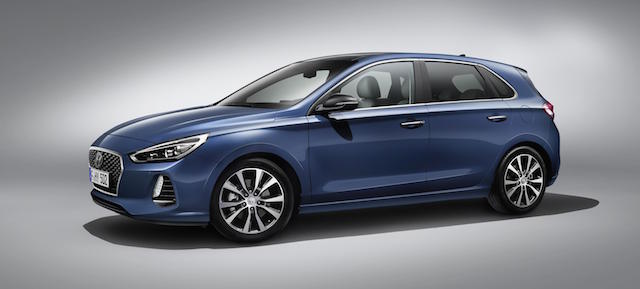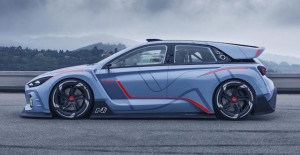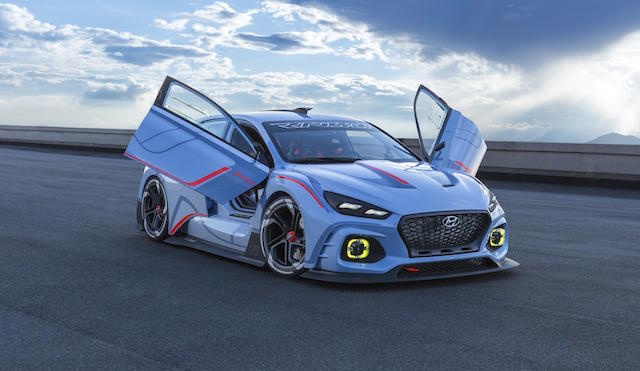
Hyundai’s high-performance ‘N’ cars won’t get the special ‘Down Under’ ride and handling treatment that the carmaker has made much of in the past few years.
Instead, the N-badged cars will be tuned exclusively for Germany’s tortuous Nurburgring circuit. Hyundai’s engineering chief Albert Biermann told journalists at the Paris motor show: “No tuning for Australia, but we will invite Australian engineers to join us. This car will all be tuned at the Nurburgring, that’s it, period,” he said.
Hyundai and its alliance partner Kia have for some time tuned the steering and suspension on their cars to suit variable New Zealand and Australian road surfaces. But the N cars will have a one-for-all factory-tuned setting.
The first will be a variant of the new i30 hatchback, almost certainly equipped with variable dampers to cope with varying conditions. The variable set-up is a first for Hyundai.
Hyundai’s RN30 concept is based on the new i30 hatchback and previews the company’s ‘N’ brand, its first high-performance division.
The concept is obviously more motorsport-focused than the eventual production car will be, with its full aerodynamic body kit and kitted-out interior with bucket seats, roll cage and racing steering wheel.
Compared to a standard i30, the RN30 is 30mm wider and 84mm lower. The wheelarches, huge foglight surrounds, front splitter, and rear diffuser add to the drama. So too does the variable exhaust system.
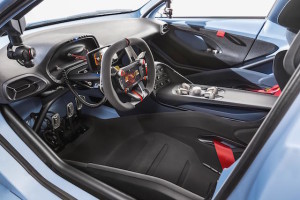 The road-legal i30 N is expected to break cover in New Zealand late next year, says Hyundai general manager Andy Sinclair. “It looks likely – that’s as much information as I have,” he said.
The road-legal i30 N is expected to break cover in New Zealand late next year, says Hyundai general manager Andy Sinclair. “It looks likely – that’s as much information as I have,” he said.
“It’s completely unofficial. It’s us piecing the puzzle together from what we know is being developed. We are making assumptions that it will be available to us in right-hand drive.”
The only thing the production i30 N will share with the RN30 show car is its four-cylinder engine. It won’t have the power reserves of the concept’s 2.0-litre unit, however, nor will it be anywhere near as racy. Expect it to be fun on the track, though, because that’s what Hyundai’s chief engineer Albert Biermann is aiming for.
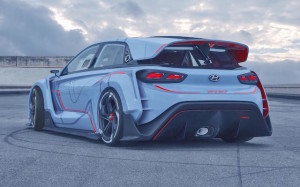 The RN30’s four-cylinder is a development of the petrol engine in the Veloster hatchback. It gets a bigger turbocharger and forged internals in place of castings, a combination good for 280kW/450Nm.
The RN30’s four-cylinder is a development of the petrol engine in the Veloster hatchback. It gets a bigger turbocharger and forged internals in place of castings, a combination good for 280kW/450Nm.
Power goes to all four wheels through an all-wheel-drive system using an electronic limited-slip differential and dual-clutch gearbox with a rev-matching function.
Hyundai listed the help of giant chemical company BASF to develop new lightweight plastics for the concept. To save more weight it gutted the interior down to the bare necessities. Whatever was left was moved as low as possible to bring down the centre of gravity.
RN30 delivers a feature that is typically a concept gimmick. On the inside of each A-pillar and in the shark-fin antennae on the roof is a camera mounted in an image-stabilising gimbal. Hyundai says these can record track-day action.
